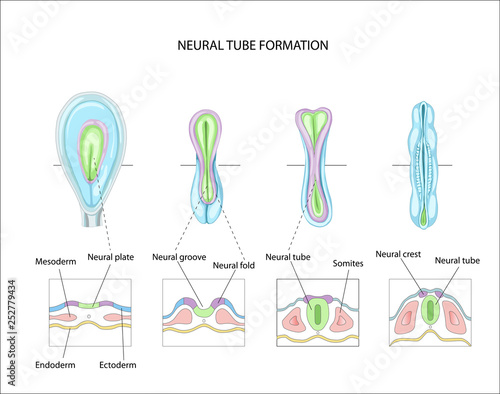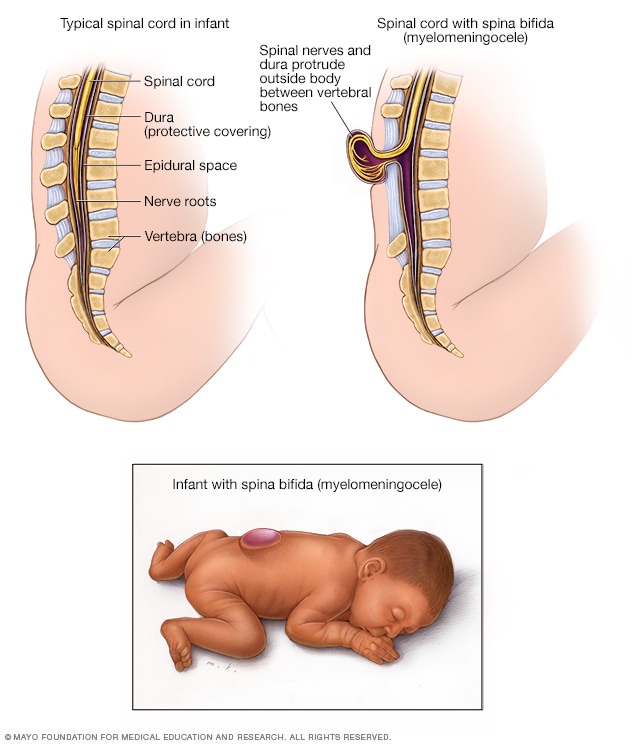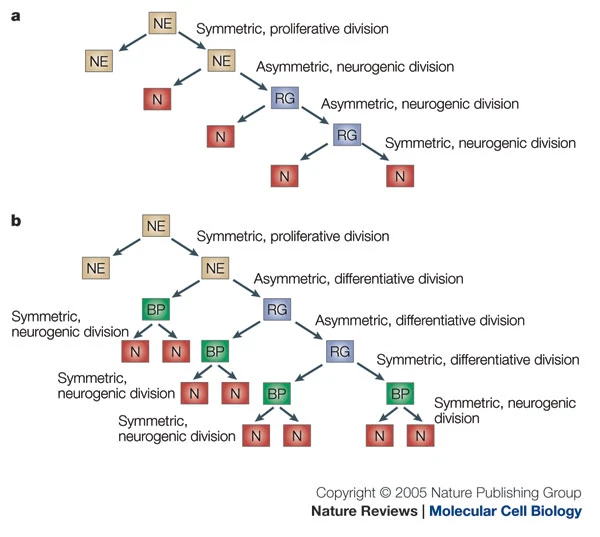acapellascience. (2017, September).
Evo-Devo (despacito biology parody) | a capella science. Youtube. Retrieved from
https://www.youtube.com/watch?v=ydqReeTV_vk
Baumann, N., & Pham-Dinh, D. (2001). Biology of oligodendrocyte and myelin in the mammalian central nervous system.
Physiological Reviews,
81(2), 871–927.
https://doi.org/10.1152/physrev.2001.81.2.871
bbscottvids. (2009).
Neuronal migration. Youtube. Retrieved from
https://www.youtube.com/watch?v=t-8bxeWqSV4
Bui, B. (2006).
Neuron migration. Youtube. Retrieved from
https://www.youtube.com/watch?v=ZRF-gKZHINk
Chi, J. G., Dooling, E. C., & Gilles, F. H. (1977). Gyral development of the human brain.
Ann. Neurol.,
1(1), 86–93.
https://doi.org/10.1002/ana.410010109
DeFelipe, J., Alonso-Nanclares, L., & Arellano, J. I. (2002). Microstructure of the neocortex: Comparative aspects.
Journal of Neurocytology,
31(3-5), 299–316.
https://doi.org/10.1023/a:1024130211265
Ernst, A., & Frisén, J. (2015). Adult neurogenesis in humans- common and unique traits in mammals.
PLoS Biology,
13(1), e1002045.
https://doi.org/10.1371/journal.pbio.1002045
Götz, M., & Huttner, W. B. (2005). The cell biology of neurogenesis.
Nat. Rev. Mol. Cell Biol.,
6(10), 777–788.
https://doi.org/10.1038/nrm1739
Hagmann, P., Sporns, O., Madan, N., Cammoun, L., Pienaar, R., Wedeen, V. J., … Grant, P. E. (2010). White matter maturation reshapes structural connectivity in the late developing human brain.
Proceedings of the National Academy of Sciences,
107(44), 19067–19072.
https://doi.org/10.1073/pnas.1009073107
Herculano-Houzel, S. (2016).
The Human Advantage: A New Understanding of How Our Brain Became Remarkable. MIT Press. Retrieved from
https://market.android.com/details?id=book-DMqpCwAAQBAJ
Kang, H. J., Kawasawa, Y. I., Cheng, F., Zhu, Y., Xu, X., Li, M., … Šestan, N. (2011). Spatio-temporal transcriptome of the human brain.
Nature,
478(7370), 483–489.
https://doi.org/10.1038/nature10523
Kety, S. S., & Schmidt, C. F. (1948).
The
Nitrous
OXIDE METHOD FOR THE QUANTITATIVE DETERMINATION OF CEREBRAL BLOOD FLOW IN MAN:
THEORY,
PROCEDURE AND NORMAL VALUES.
The Journal of Clinical Investigation,
27(4), 476–483.
https://doi.org/10.1172/JCI101994
Khan Academy. (n.d.).
Early embryogenesis. Youtube. Retrieved from
https://www.youtube.com/embed/dAOWQC-OBv0
Knickmeyer, R. C., Gouttard, S., Kang, C., Evans, D., Wilber, K., Smith, J. K., … Gilmore, J. H. (2008). A structural
MRI study of human brain development from birth to 2 years.
J. Neurosci.,
28(47), 12176–12182.
https://doi.org/10.1523/JNEUROSCI.3479-08.2008
Konner, M. (2011).
The Evolution of Childhood. Belknap Press of Harvard University Press. Retrieved from
http://www.hup.harvard.edu/catalog.php?isbn=9780674062016
Kuzawa, C. W., Chugani, H. T., Grossman, L. I., Lipovich, L., Muzik, O., Hof, P. R., … Lange, N. (2014). Metabolic costs and evolutionary implications of human brain development.
Proc. Natl. Acad. Sci. U. S. A.,
111(36), 13010–13015.
https://doi.org/10.1073/pnas.1323099111
Marner, L., Nyengaard, J. R., Tang, Y., & Pakkenberg, B. (2003). Marked loss of myelinated nerve fibers in the human brain with age.
The Journal of Comparative Neurology,
462(2), 144–152.
https://doi.org/10.1002/cne.10714
Moore, S. (2009).
Growth cone filopodia. You
Tube. Retrieved from
https://www.youtube.com/watch?v=Fgmt2RBow0I
Silbereis, J. C., Pochareddy, S., Zhu, Y., Li, M., & Sestan, N. (2016). The cellular and molecular landscapes of the developing human central nervous system.
Neuron,
89(2), 248–268.
https://doi.org/10.1016/j.neuron.2015.12.008
The real cost of your AI use: Inside a power hungry data center. (n.d.). You
Tube. Retrieved from
https://youtube.com/shorts/Tx0uoiuLAZg?si=-btFR6AwcDm_OPbJ
















